order
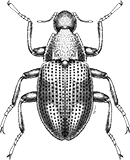
Coleoptera
“Adult Beetles”

Coleoptera
“Larval Beetles”

Diptera
“True Flies”

Ephemeroptera
“Mayflies”
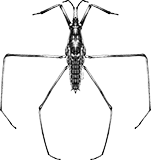
Hemiptera
“True Bugs”

Lepidoptera
“Aquatic Caterpillars, Snout Moths”

Megaloptera
“Alderflies, Dobsonflies, and Fishflies”
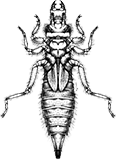
Odonata
“Dragonflies and Damselflies”
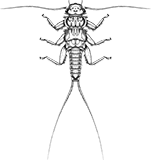
Plecoptera
“Stoneflies”
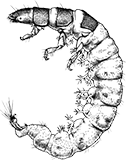
Trichoptera
“Caddisflies”
family
Chironomidae
Chironomus
“Non-Biting Midges, Midges”
Genus Overview
There are more than 20 species of Chironomus. The genus is known commonly as blood worms in the aquarium trade and species are used as fish food. They get the name from their bright red color, produced by a type of hemoglobin-like protein.
Characteristics
POLLUTION TOLERANCE
Southeast: 9.8 and higher
Upper Midwest: 10 and higher
Midwest: 8.1 and higher
Mid-Atlantic: 10 and higher
0 = least tolerant, 10 = most tolerant
FEEDING HABITS
Collector / Filterer
Collector / Gatherer
Shredder / Herbivore
Collector / Gatherer
Shredder / Herbivore
MOVEMENT
Burrower
DISTRIBUTION
Widespread (east of the Rocky Mtns.)
HABITAT
Lentic-littoral
Lentic-profundal
Lotic-depositional
Lentic-profundal
Lotic-depositional
Diagnostic Characters
order
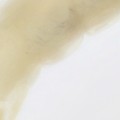
Legs Absent
family
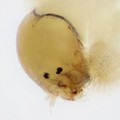
Head Complete and Exposed
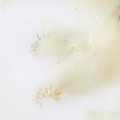
Thoracic And Anal Prolegs
genus
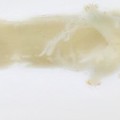
Abdominal Tubules
+ Expanded Character List
Order:
Wings and wing pads absent. Eye spots sometimes visible, but compound eyes absent. Segmented legs absent, but sometimes fleshy prolegs present. Sometimes with distinct head, often without head or with head drawn deeply into thorax. Body flattened, cylindrical, or maggot-like.
Family:
Mandibles move against each other along horizontal or oblique plane. Head complete and fully exposed. Hook-bearing prothoracic and anal prolegs paired, though division may be slight and only at apex. Spiracles absent (apneustic). Body segments usually without conspicuous dorsal tubercles and setae as in some Ceratopogonidae.
Genus:
mentum with ventromental plates, large tubercles on the abdominal segments, stria on the mandibles
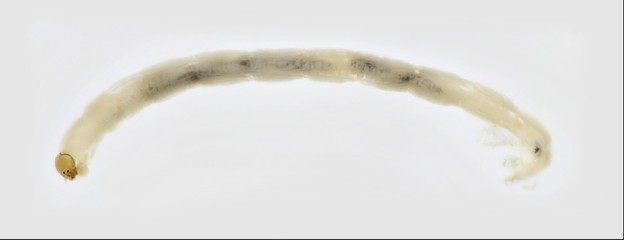

Lateral
Ventral



